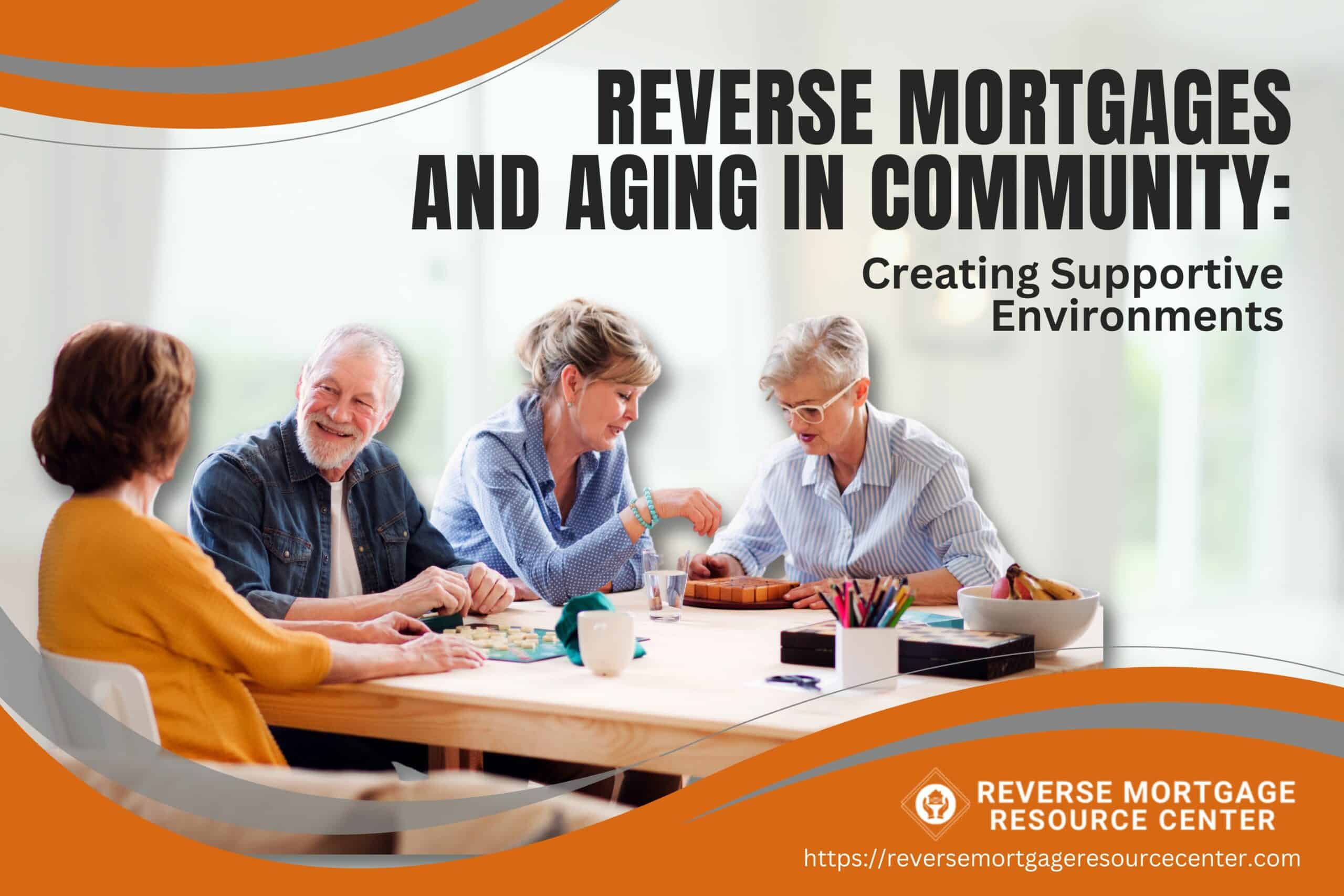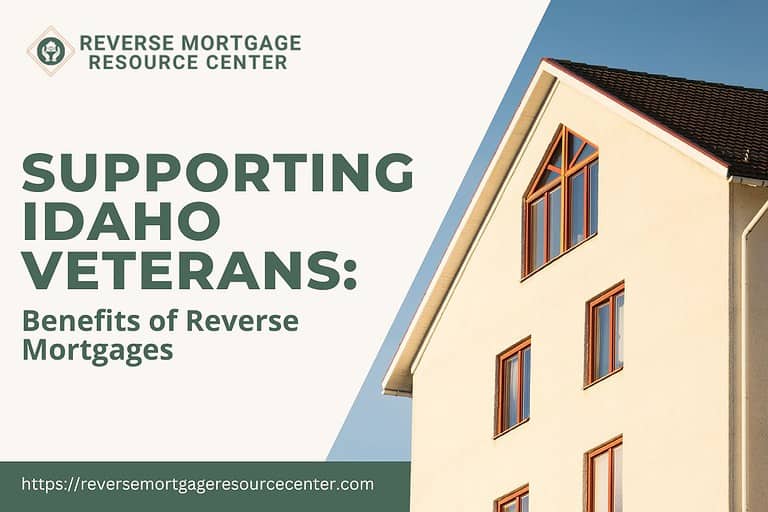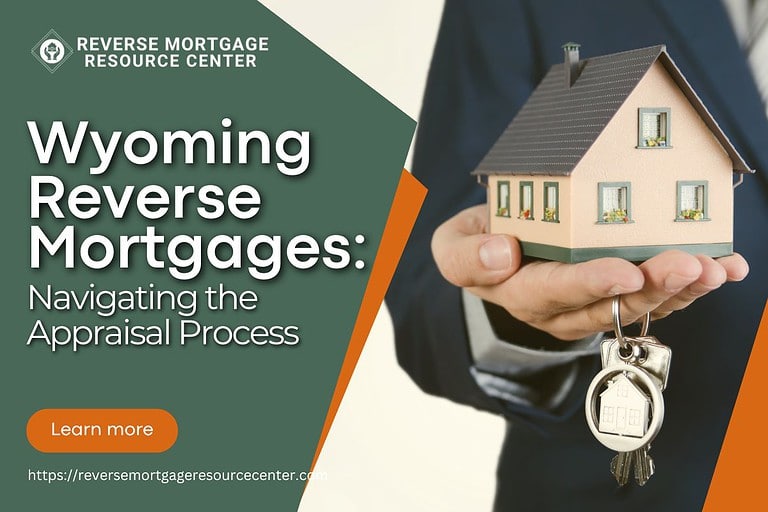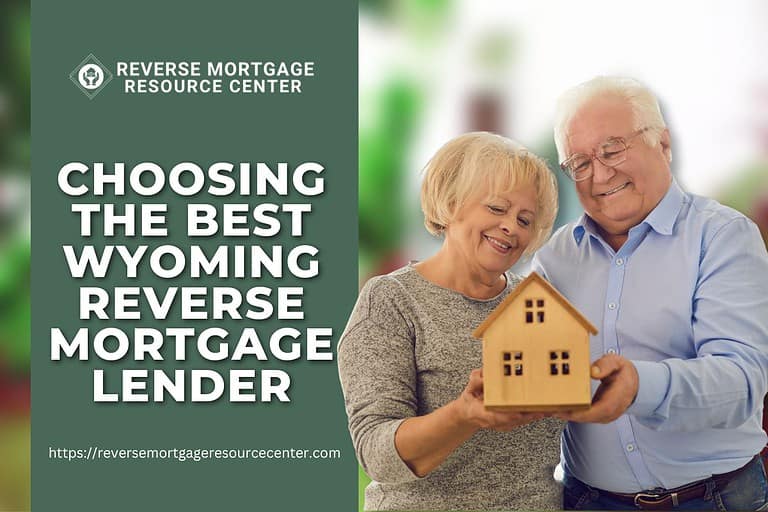Reverse Mortgages and Aging in Community: Creating Supportive Environments
As individuals approach their golden years, the prospect of aging presents unique challenges, particularly in terms of housing and finances. Many seniors wish to maintain their independence and live within a supportive community that fosters mutual assistance and companionship. In this article, we delve into the concept of intentional communities for aging in place, exploring how reverse mortgages can serve as a financial tool to support such community-based living arrangements. Additionally, we provide valuable tips for seniors seeking or creating supportive communities, emphasizing the importance of mutual assistance in retirement.
Aging in Community: The Concept of Intentional Communities
As the aging population continues to grow, the concept of intentional communities has gained traction as an innovative approach to aging in place. Intentional communities are designed to provide a supportive and interconnected environment for seniors, fostering a sense of belonging and mutual assistance.
These communities can take various forms, from co-housing arrangements to shared housing models, where seniors live together, sharing responsibilities and resources. The primary goal is to create a supportive environment that promotes well-being, social interaction, and shared responsibilities. This communal living approach allows seniors to age with dignity, maintaining independence while benefiting from the collective strength of a community.
Benefits of Intentional Communities for Seniors
1. Social Interaction and Emotional Support:
One of the primary advantages of intentional communities is the enhanced social interaction and emotional support they provide. Seniors living in these communities often form close bonds with fellow residents, reducing feelings of loneliness and isolation that can be prevalent in traditional living arrangements.
2. Shared Responsibilities:
In intentional communities, residents share responsibilities such as meal preparation, maintenance, and chores. This collaborative approach not only lightens the individual burden on seniors but also fosters a sense of purpose and community engagement.
3. Cost Savings:
Living costs can be a significant concern for seniors on a fixed income. Intentional communities often result in cost savings as residents pool resources for shared expenses like utilities, property maintenance, and communal activities. This can significantly alleviate financial strain for seniors.
Reverse Mortgages: A Financial Tool for Community-Based Living
For seniors facing financial challenges in retirement, reverse mortgages can play a crucial role in supporting their decision to age in a community. A reverse mortgage allows homeowners aged 62 and older to convert a portion of their home equity into readily accessible funds without selling their home or taking on additional monthly mortgage payments.
One of the significant advantages of a reverse mortgage is that it provides seniors with a valuable source of funds, offering financial flexibility to cover daily living expenses, healthcare costs, or contribute to community expenses. By tapping into the equity accumulated in their homes, seniors can enhance their financial stability and better afford the costs associated with intentional community living.
It’s essential for seniors to work with reputable lenders and financial advisors to understand the implications of a reverse mortgage fully. A careful examination of the terms and conditions, as well as potential impacts on inheritances, is crucial to making an informed decision.
Tips for Seniors Seeking or Creating Supportive Communities
1. Research Existing Intentional Communities:
Before making any decisions, seniors should thoroughly research existing intentional communities to find the one that aligns with their values and lifestyle preferences. Consider factors such as location, amenities, and community dynamics to ensure a good fit.
2. Evaluate Financial Stability:
Assess the financial stability of the intentional community. Consider how community expenses are managed and whether there are any long-term financial sustainability plans in place. This evaluation is crucial to ensuring a secure and stable living environment.
3. Seek Legal and Financial Guidance:
When exploring intentional communities or considering a reverse mortgage, seniors should seek legal and financial guidance. Consulting with professionals who specialize in elder law and financial planning will help individuals navigate complex decisions and avoid potential pitfalls.
4. Foster Open Communication:
For those considering creating their intentional community, fostering open communication is key. Establishing clear guidelines and expectations among community members can prevent misunderstandings and contribute to a harmonious living environment.
5. Embrace Mutual Assistance:
Encourage a culture of mutual assistance within the community. By supporting one another, seniors can share responsibilities, pool resources, and create a supportive network that enhances their overall well-being.
Challenges and Solutions in Community Living
While intentional communities offer numerous benefits, they are not without challenges. Managing conflicts, coordinating responsibilities, and adapting to the evolving needs of community members require ongoing effort. However, these challenges can be addressed through effective communication, community meetings, and a commitment to shared values.
Additionally, it’s essential for seniors to stay vigilant about potential scams or unscrupulous practices related to reverse mortgages. Working with trusted financial professionals and legal advisors can help safeguard against potential pitfalls and ensure a secure financial future.
The Future of Aging in Community
As the aging population continues to grow, the importance of community-based living arrangements and innovative financial solutions becomes increasingly evident. The concept of intentional communities not only addresses the practical aspects of housing and financial stability but also promotes a fulfilling and socially connected lifestyle for seniors.
In conclusion, intentional communities, coupled with the financial support of reverse mortgages, present a compelling solution for seniors facing financial challenges in retirement. By embracing the benefits of communal living and leveraging the flexibility provided by reverse mortgages, seniors can create supportive environments that enhance their overall well-being and independence during their golden years. As the landscape of aging continues to evolve, intentional communities and financial tools will play a pivotal role in shaping a positive and fulfilling future for seniors.
REVERSE MORTGAGE RESOURCE CENTER ~LIVE LIFE ON YOUR TERMS~
Our Lending Team has been serving our clients since 2004. We are passionate about serving our clients with integrity to help them achieve their financial goals.







